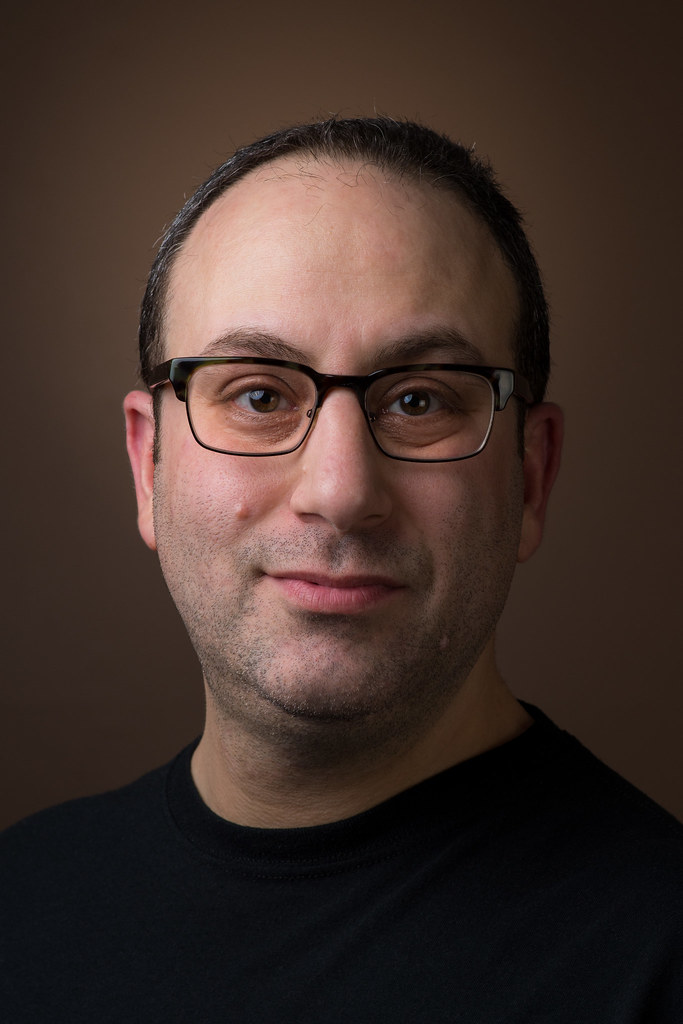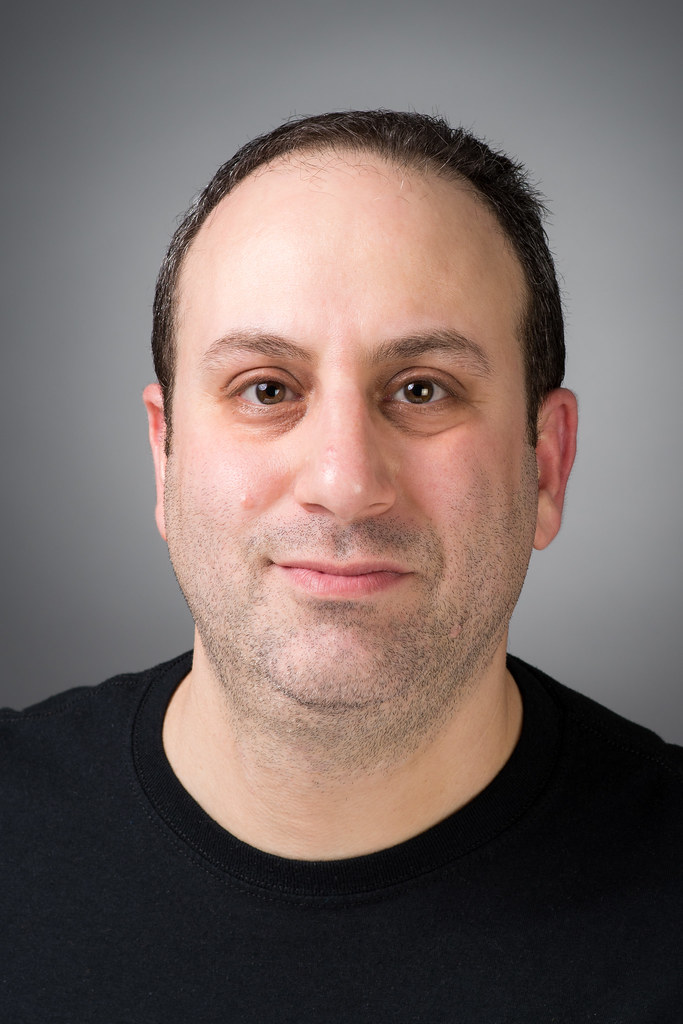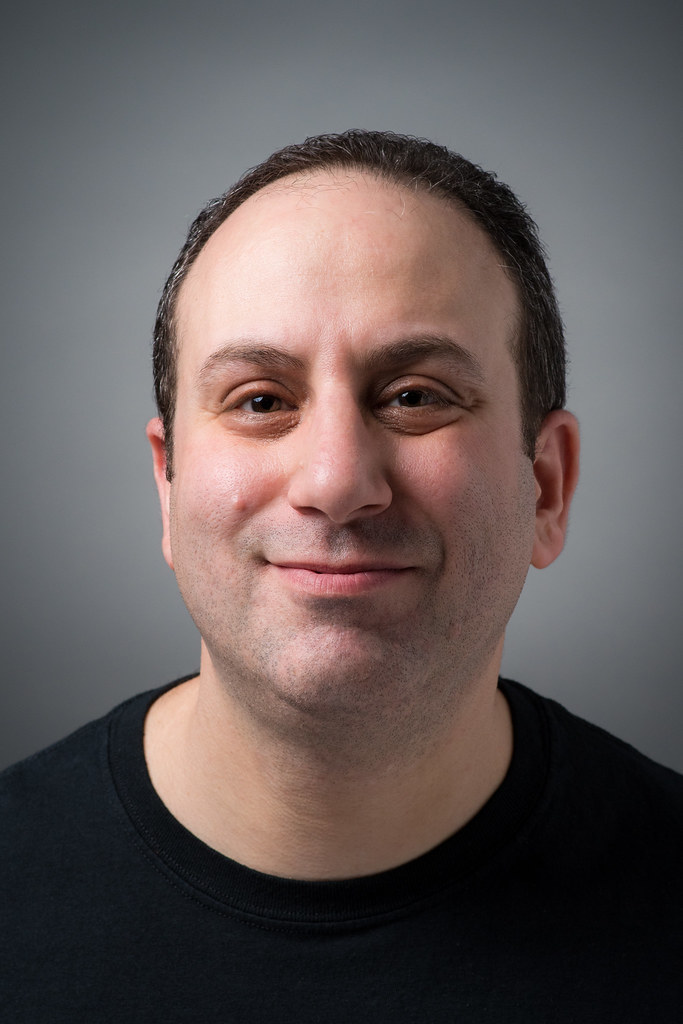adamhiram
No longer a newbie, moving up!
- Joined
- Feb 6, 2015
- Messages
- 870
- Reaction score
- 588
- Can others edit my Photos
- Photos OK to edit
Up until now, I've relied on a single flash in an umbrella or softbox, often with a reflector for fill. This lent itself well to loop/rembrandt lighting, but I didn't have a lot of control over fill, and background lighting was mostly a matter of controlling spill from the main light.
I've recently made the jump to 3 lights and have been learning how to use them, but would love some feedback and tips on how I can improve. The photo below is a self-portrait with loop lighting done with 3 lights:

20180213-DSC_5728a by adamhiram, on Flickr
Nikon D500, 85mm, f/8, ISO 100
I've recently made the jump to 3 lights and have been learning how to use them, but would love some feedback and tips on how I can improve. The photo below is a self-portrait with loop lighting done with 3 lights:
- Key light = 38" octobox above and camera left
- Fill light = 31" square softbox slightly below and camera right
- Background is lit with a 16 degree gridded snoot on a bare wall

20180213-DSC_5728a by adamhiram, on Flickr
Nikon D500, 85mm, f/8, ISO 100












![[No title]](/data/xfmg/thumbnail/37/37642-b84a3ab0bc05ccd30092514e185e7c01.jpg?1734170765)






